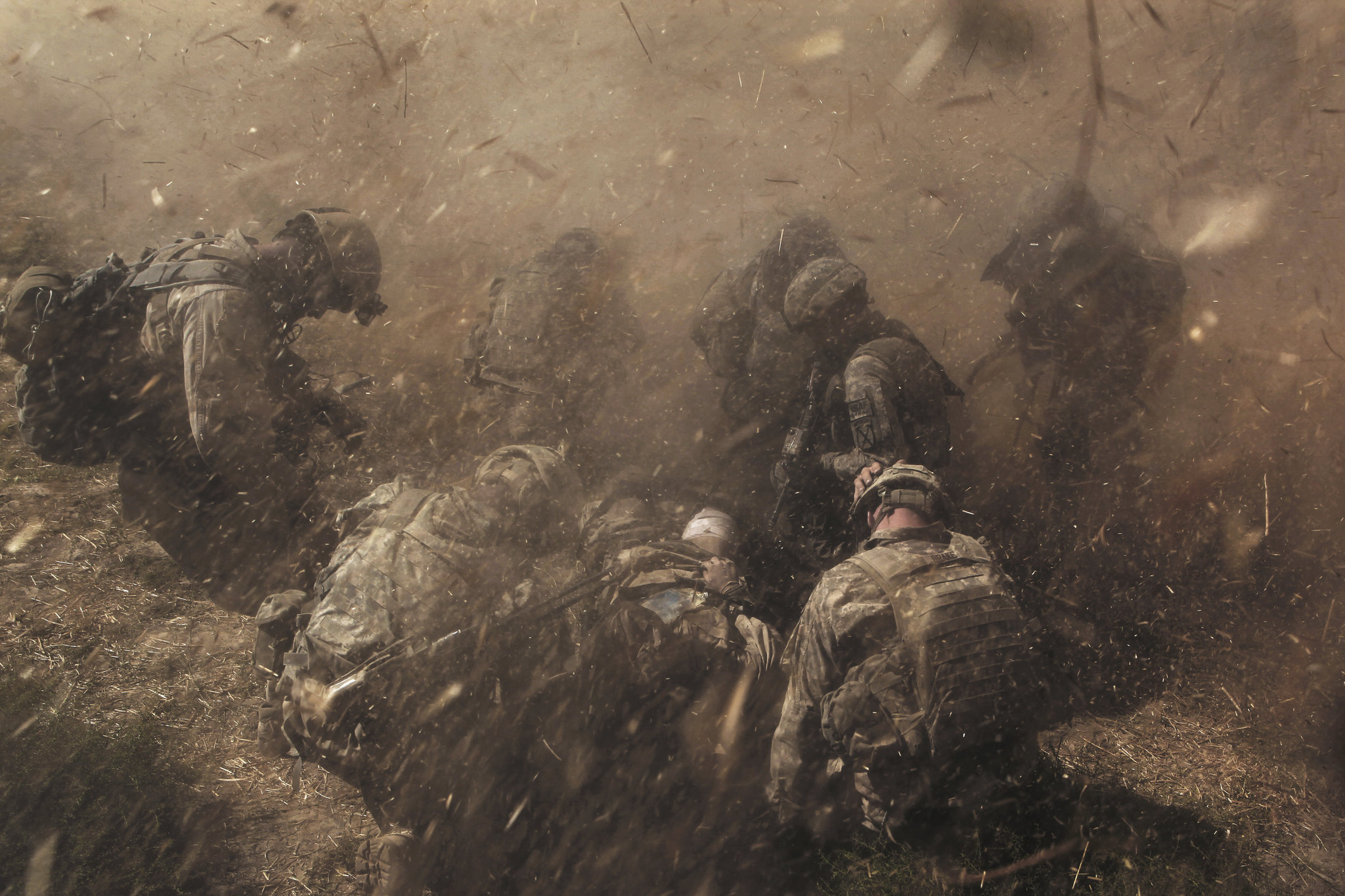published on: 01/09/2025
Author:
Doctor

In the early hours of the morning, coalition forces launched a full-scale campaign into Afghanistan, marking the beginning of Operation Enduring Freedom. The operation, ordered in response to the September 11th attacks, has begun with a mix of targeted airstrikes, special operations raids, and ground troop deployments across key Taliban and Al-Qaeda strongholds.
Reports from the front confirm U.S. Marines and allied forces have established forward operating bases along the Pakistani border, moving swiftly into Taliban-held territory. Special Forces units are working alongside Afghan militias to secure vital mountain passes and towns, while Air Force bombers and carrier-based jets hammer Taliban positions.
Military officials state the objective is clear: dismantle the Taliban regime, destroy Al-Qaeda infrastructure, and deny Afghanistan as a safe haven for terrorism. However, the terrain and enemy tactics pose significant challenges. Fighters loyal to the Taliban are retreating into rugged mountains and urban centers, preparing for a drawn-out insurgency.
Embedded correspondents describe scenes of precision airstrikes lighting up the night sky over Kandahar and Jalalabad, while convoys of coalition troops push forward into contested valleys. Afghan civilians, caught in the middle of the fighting, are already facing the grim realities of war—displacement, shortages of food, and the looming threat of reprisal attacks.
As the campaign unfolds, coalition commanders warn this will not be a swift war. “This is not a short fight—we are here until the Taliban are defeated and Al-Qaeda has no refuge,” said one senior officer.
For many on the ground, Afghanistan in 2001 is rapidly becoming the crucible of a new kind of warfare—fast, brutal, and deeply uncertain.